Rather by chance, I came across 3 free activities in Madrid that are not just a great day out for railway fans. Who can claim to have visited a ghost station in the Madrid Metro Museum…
All three museums are completely free of charge – but you have to register in advance via a website. The dates are always published about a month in advance and are very popular. The number of participants is sometimes limited.
Los Caños del Peral – Underground Archaeological Metro Museum Madrid
We leave the metro at Opera station and take the escalators up towards the exit. When we arrive at an intermediate level, I spot a sign pointing to a museum. We follow the signs and find ourselves in front of an underground archaeological museum in the middle of a metro station.
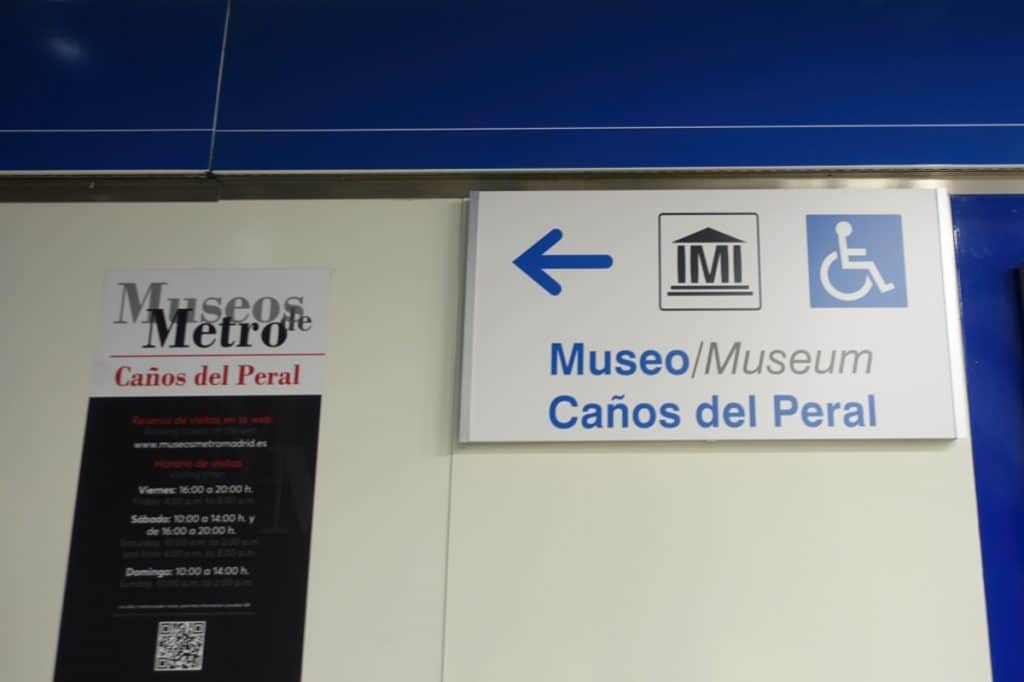
You actually need an admission ticket valid for a specific time slot to visit. Admission is free, but they probably want to control the “flow of visitors”. But there weren’t really any visitors. The museum was empty and the staff were bored outside the door. When they noticed our interested looks, we struck up a conversation and were able to visit the museum without a ticket. We were also given a short guided tour, during which we learnt the most important facts. This was a good thing, as the information boards were all in Spanish. A short film, also in Spanish, gave us visual impressions of the explanations.

What is there to see?
During construction work in the metro station, artefacts were discovered that no one had expected to find there. The construction workers found the remains of the Fuente de los Caños del Peral fountain, the Acueducto de Amaniel aqueduct and the Alcantarilla del Arenal sewerage system from the 16th and 17th centuries. It soon became clear that they could not stay where they were found and so they were painstakingly dismantled. They were rebuilt just a few metres further on and the museum was complete.
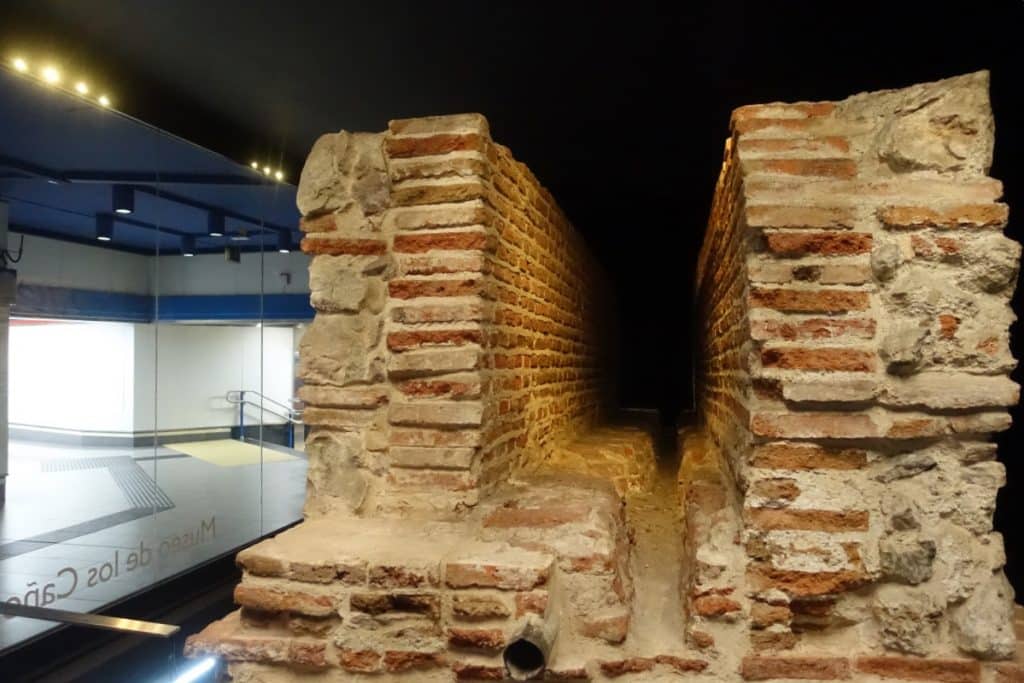
So what is so special about the finds? At the beginning of the 16th century, Madrid’s water supply was still provided by fountains. These were located in central squares, at the city walls and city gates. Over time, the city began to improve its water supply and also its drainage problems.
The Alcantarilla del Arenal (Arenal sewerage system) was the solution for the drainage of waste water. It was a sewerage system that flowed into the Leganitos stream, somewhere on today’s Cuesta de San Vicente.
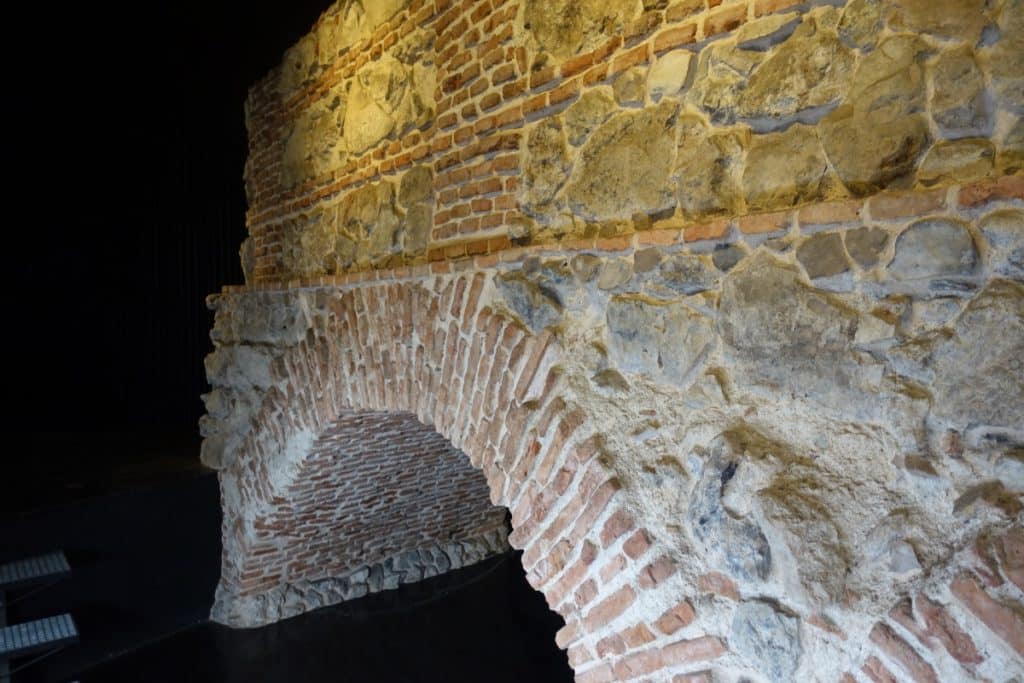
The Fuente de los Caños del Peral is a well. It had six outlets and a basin for each outlet. The water came from the spring on the Plazuela de los Caños.
The Acueducto de Amaniel (Amaniel Aqueduct) dates back to the beginning of the 17th century. The spring was located in today’s Dehesa la Villa and supplied the royal palace with water.
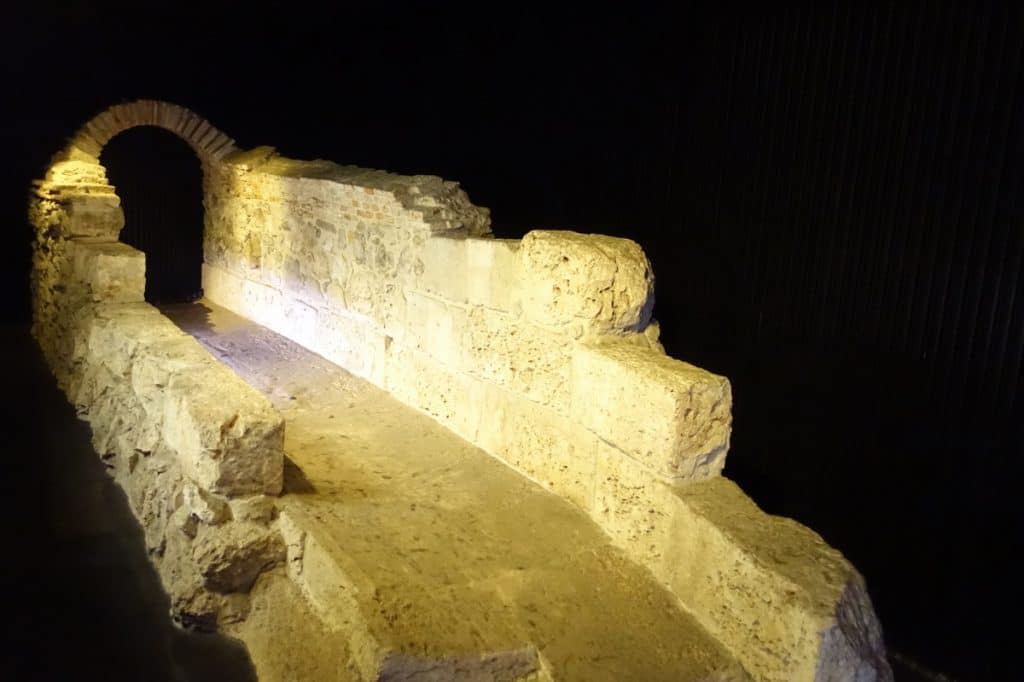
Is the visit worthwhile?
If you happen to be in the Opera metro station, you should take a look at the small exhibition. The visit doesn’t take long and offers an insight into the history of metro construction. It’s only really worth going there if you’re an archaeology fan and like seeing stones.
Attention! The entrance is located in the metro station, behind the electronic entrance barriers. You can only enter the museum with a valid ticket!
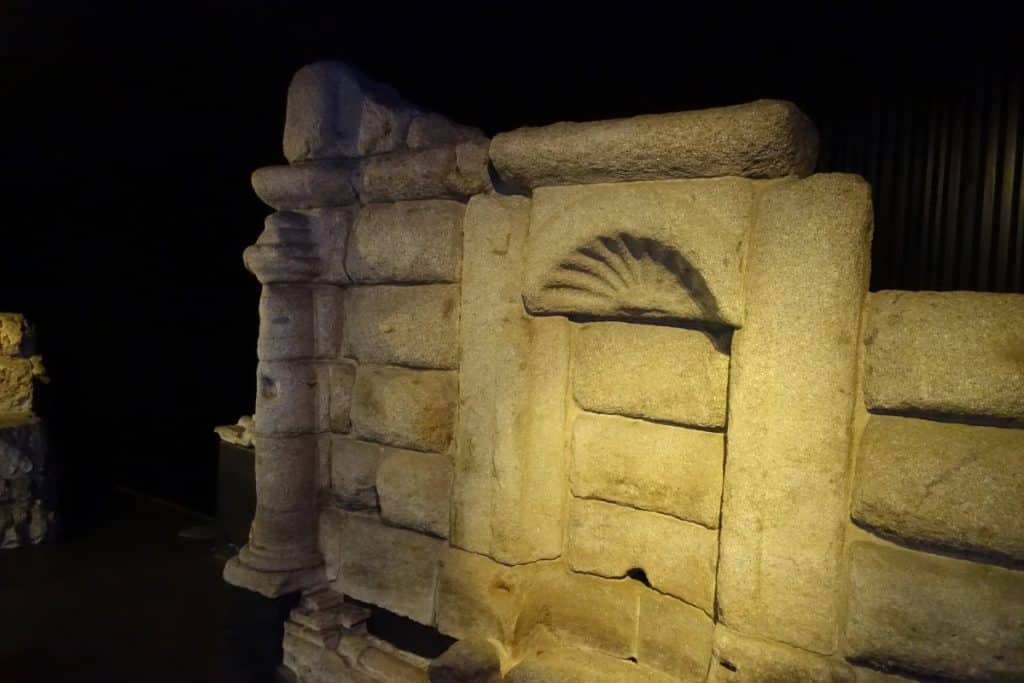
Address:
Metrostation Opera (Linie 2 und 5)
Opening hours:
Friday: 16 -20 h
Saturday: 10-14 h and 16-20 h
Sunday: 10-14 h
Entrance fee:
Free of charge
Registration on the website.
Chamberí the ghost station
The tickets for the visit to the historic Chamberí metro station, a metro museum in Madrid, are among the most sought-after tickets and are booked up very quickly. The tour is limited to 25 people and is offered every half hour.
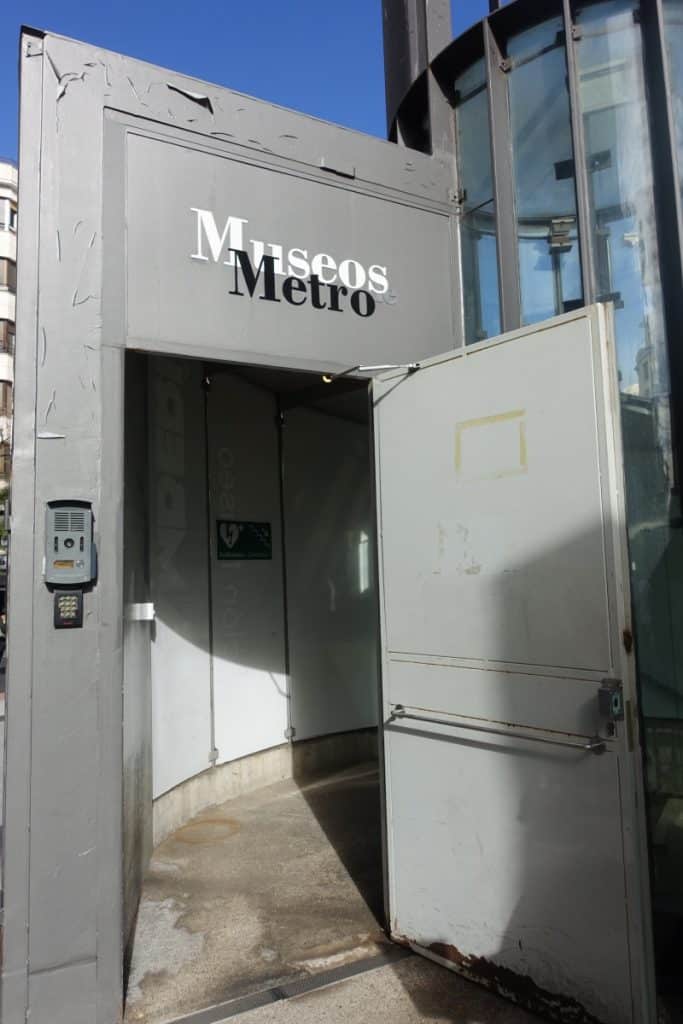
We were quite early at the entrance to the metro station at Plaza Chamberí. After we had shown our ticket, we were placed in an area on the pavement. Now we waited for the tour to start. Other visitors were placed in a long queue in another part of the square.
Of the 25 tickets allocated, only 5 people turned up for our visit. As there were still 20 people missing 5 minutes after the official start, the organiser filled the group from the queue of people without tickets. So if you have some time and don’t need a specific timeslot, you can also try to take part in the tour without a ticket. A little tip about the tour: our guide initially only spoke in Spanish, even though we were told that the tour was also in English. Only when we asked did we get the most important information translated.
We then had to descend a few steps and enter the old Chamberí railway station.
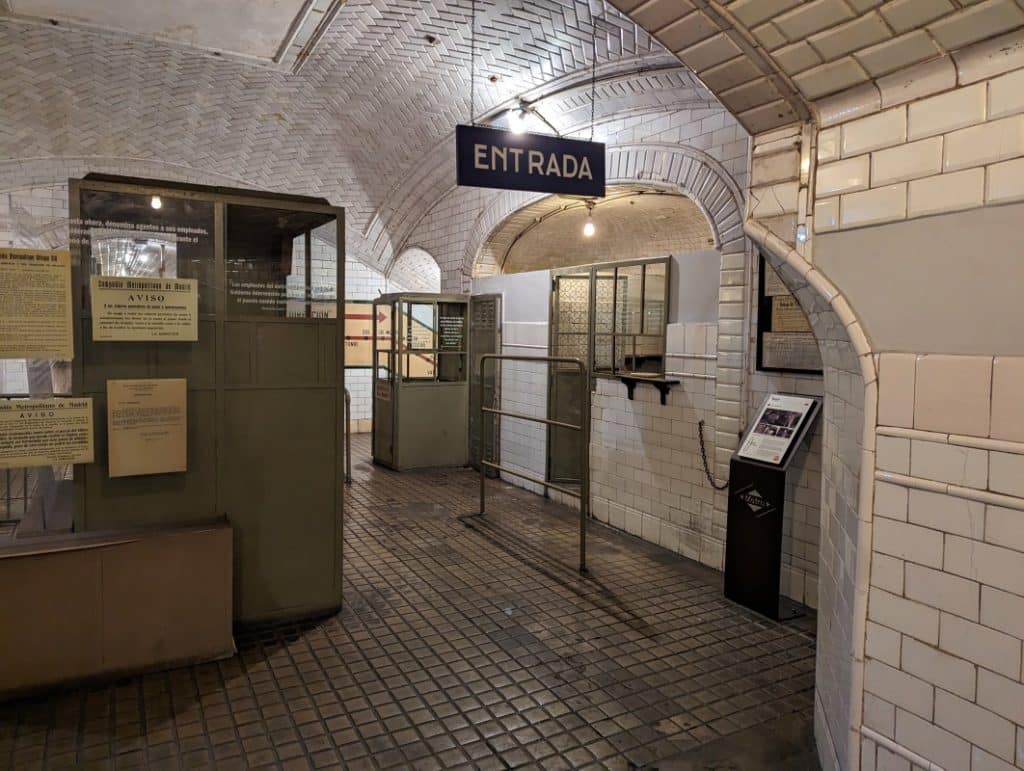
How Chamberí became a ghost station
The Chamberí station was part of the first metro line opened in Madrid in 1919 with the following eight stations: Cuatro Caminos, Ríos Rosas, Martínez Campos, (Iglesia), Chamberí, Bilbao, Tribunal, Gran Vía and Sol. During this time, the line was very busy and over time the capacity of the trains was no longer sufficient. The operating company Compañía Metropolitana decided to use longer trains on the metro line in the early 1960s. Actually a good idea, but…
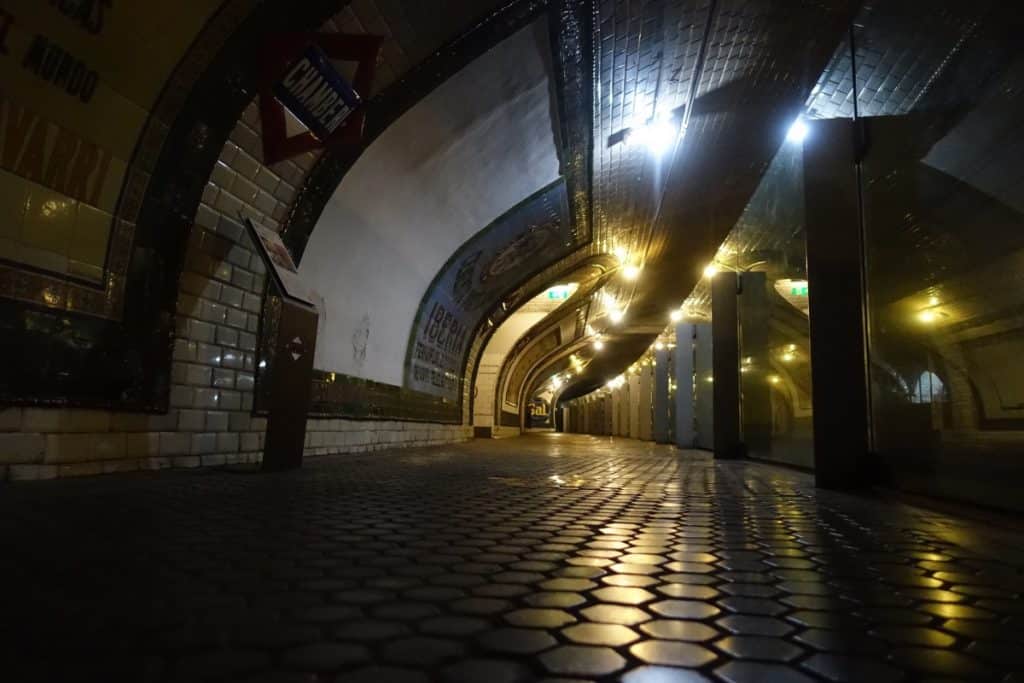
Many of the platforms on the line were too short and had to be lengthened. The platform at Chamberí station was also too short. However, structural problems were encountered here and the extension was not possible. After all the other stations had been rebuilt, Chamberí station was closed on 22 May 1966.
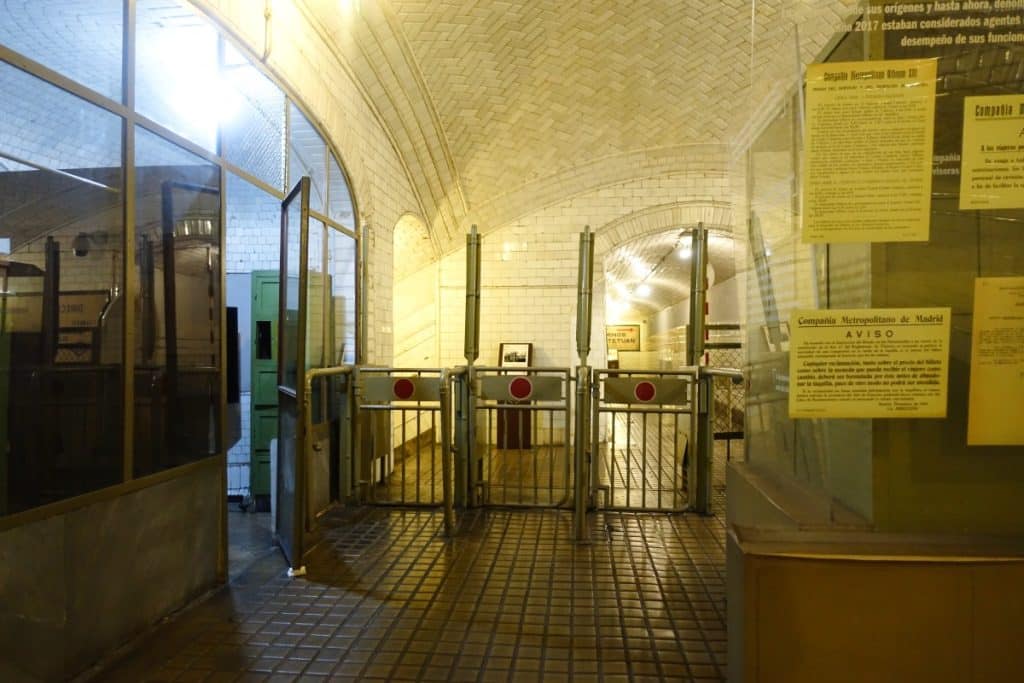
We are standing in the entrance area of the station and I feel like I’m in an old film. The first thing you notice are the ticket booths. There are even old timetables and price lists hanging here. I find the exit barriers particularly interesting. These open when the passenger steps onto a platform, simply by the weight of their body.
The entire entrance area is illuminated by natural light that falls into the room through a skylight. The architect deliberately used white tiles. These make the room appear larger and, above all, brighter. Square tiles in the Sevillian style can be found throughout the station.
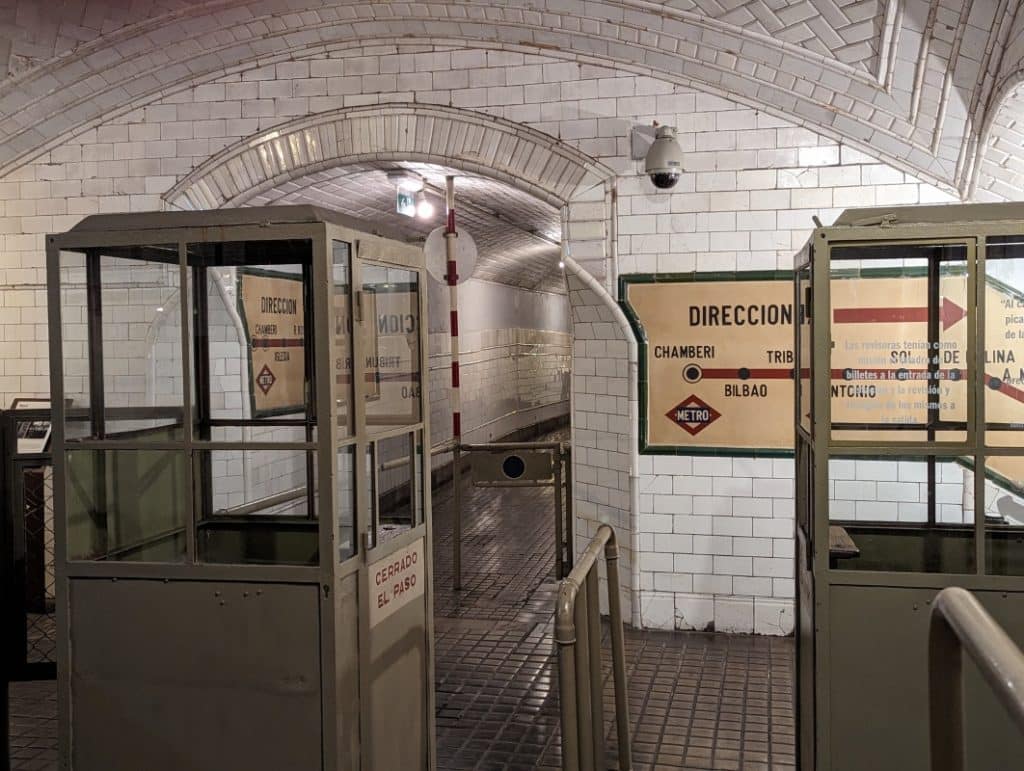
On the platform
After we had learnt a few things about the construction of the metro, we went to a staircase that would lead us to the platform. It’s a shame that the route signs are no longer as large and impressive as they used to be. I like it when you can see at a glance where you are going.
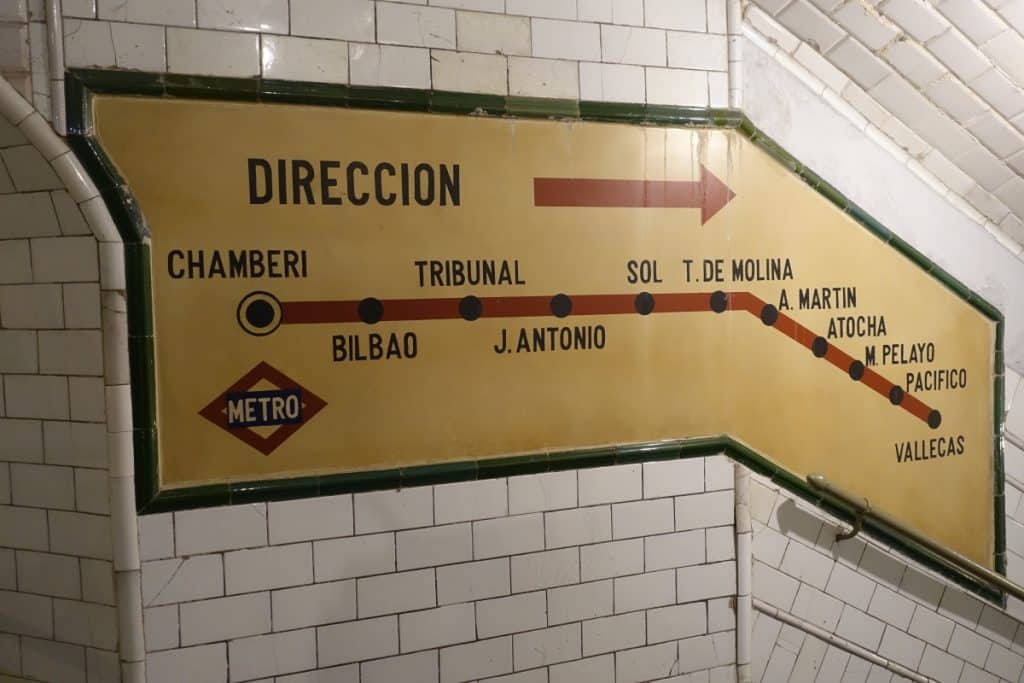
When I arrive on the platform, a metro is actually travelling through the station… It’s only then that I realise that I’ve also travelled through here in the last few days and that the station is dark and empty outside of visiting hours.
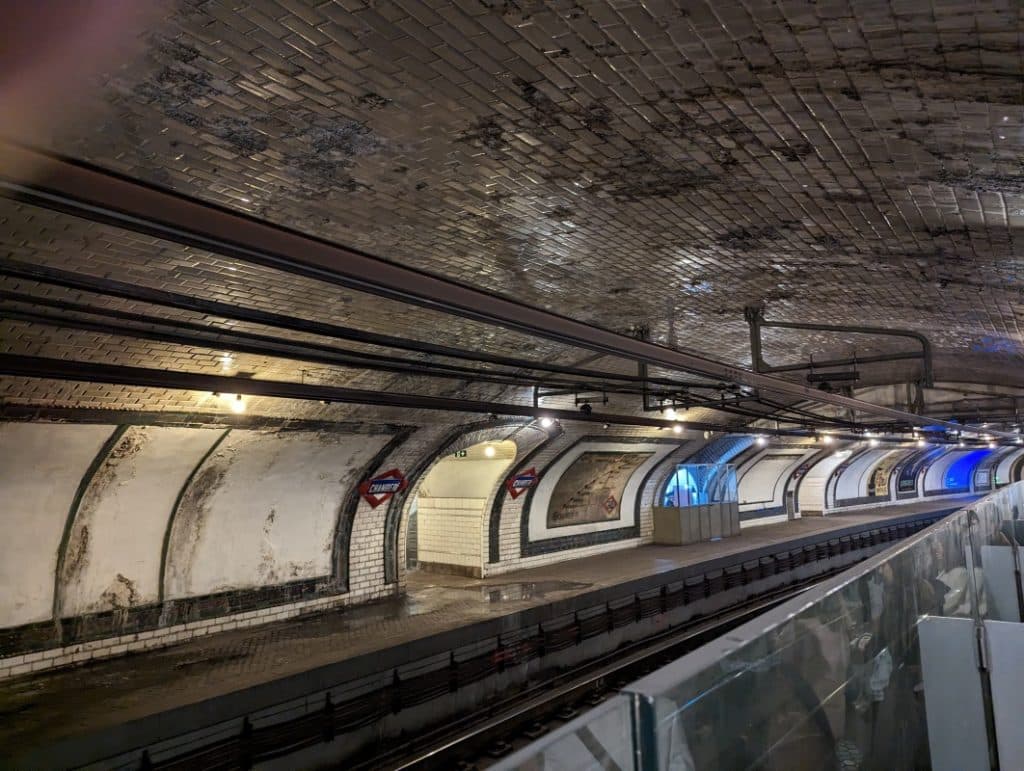
The platform is separated from the platform by a large pane of glass. So you don’t always have to watch out and step back when a train is coming. The light is dim and falls on the old advertising posters.
The advertising posters are not made of paper, as you still find them today. They are painted tiles, as they were made in the 1920s. I find it amazing that the advertising spaces were always rented out for a certain period of time. When the time was up and a new customer wanted to show their advert there, the tiles were simply painted over. I think the adverts are beautiful and have been excellently preserved!
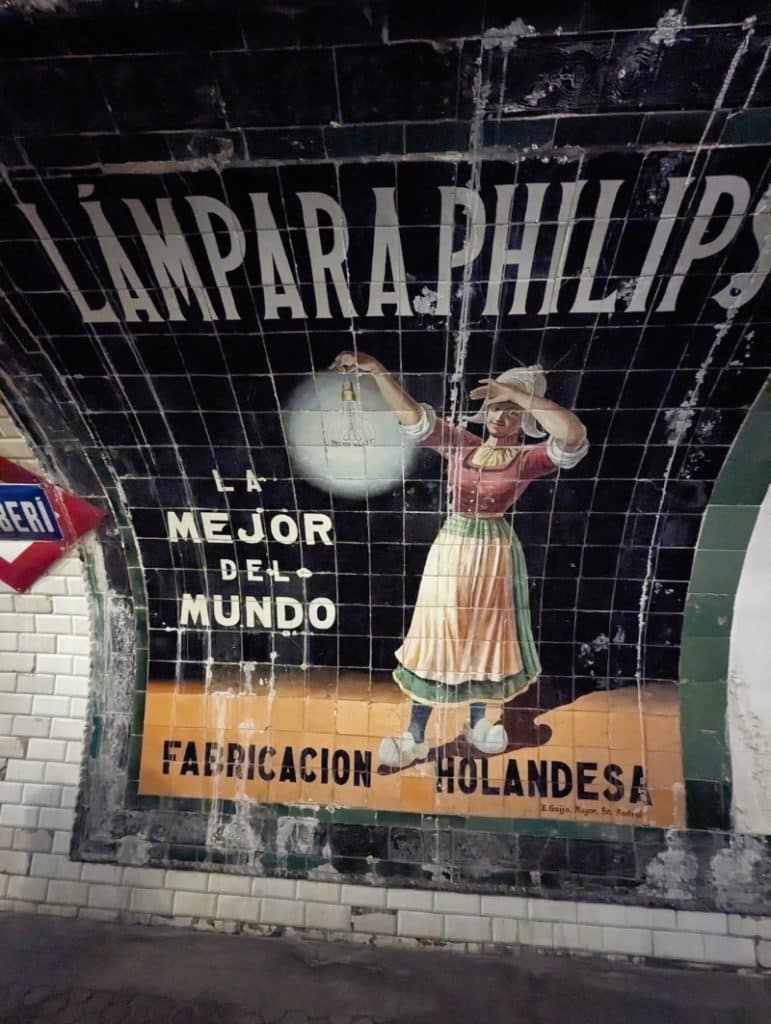
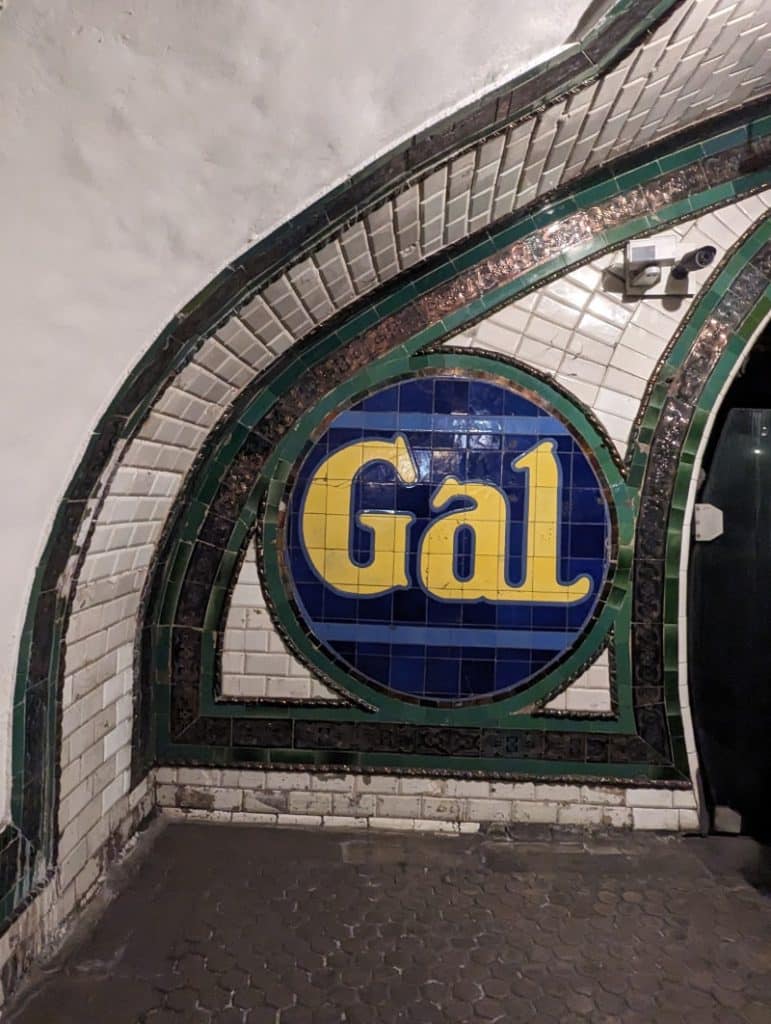
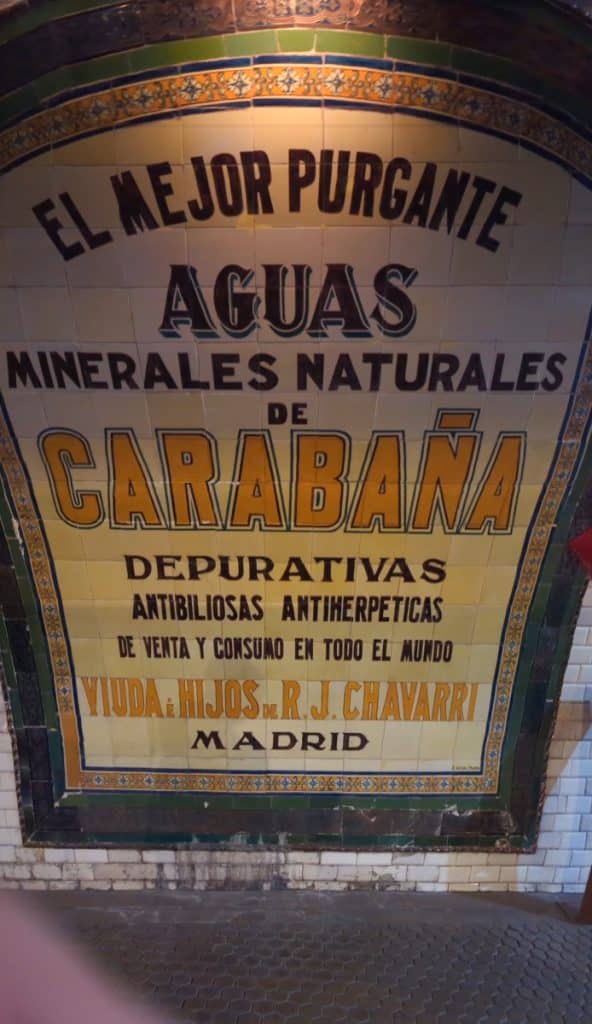
There is a lot to discover and one or two stories about the railway station are told. I found one detail so interesting that it has stayed in my memory. The entire line had to contend with the high groundwater level right from the start of construction. It is well known that water and electricity don’t mix particularly well, which became a problem with the conductor rails. Fortunately, there are always resourceful engineers and so they developed pantographs for the metro that hang from the ceiling.
After about 45 minutes, the tour was over. I think it was worth it and I took a much closer look on the next journey through the station on the metro. The Chamberí ghost station is definitely worth a visit!
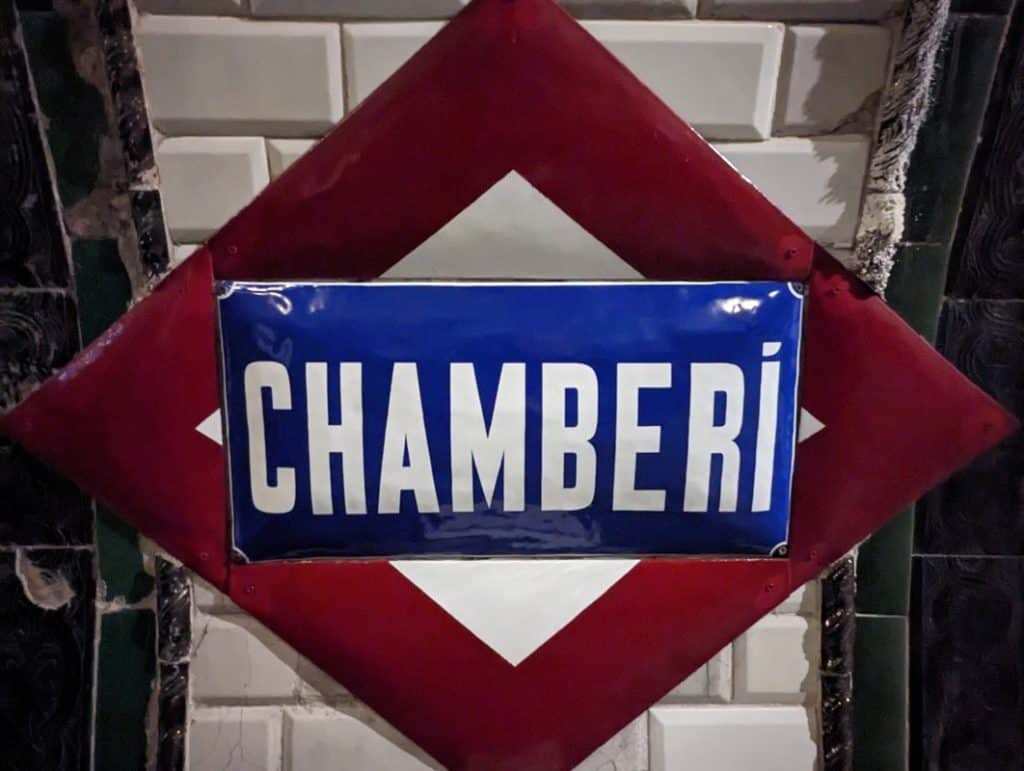
Address:
Plaza Chamberí, s/n,
Madrid.
Opening hours:
Friday: 16-20 h
Saturday: 10-14 h and 16-20 h
Sunday: 10-14 h
The visit is only possible with a guided tour!
Entrance fee:
Free of charge
Registration on the website.
Chamartín station – a look inside the metro trains of the past
We take the metro to Chamartín station. Lines 1 and 10 stop here. The station is huge and, as we discovered, one of the main transfer stations for travellers coming from the airport.
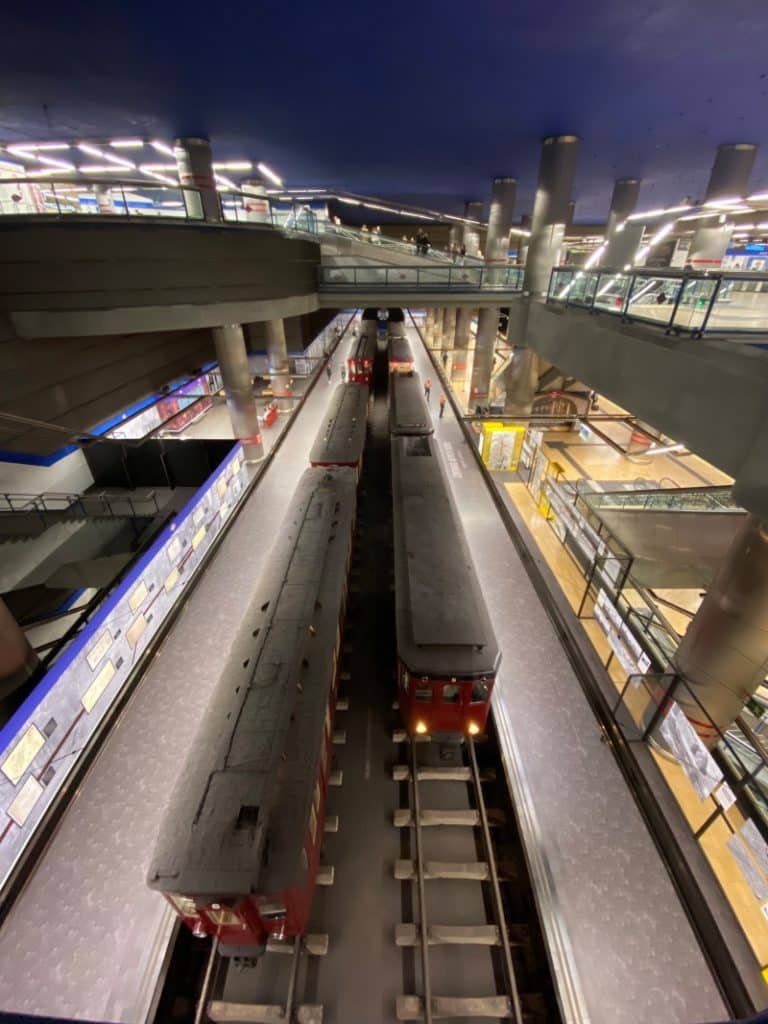
One platform is separated from normal public traffic by partitions. There is a free exhibition of classic metro trains here. If you want to visit the exhibition, you have to buy a ticket online in advance (there are certain time slots for the visit).
There are two options: taking part in a free guided tour (in Spanish only) or an individual tour. We opted for the individual tour.
Important: As the museum is located inside the railway station, you can only get there with a valid metro ticket.
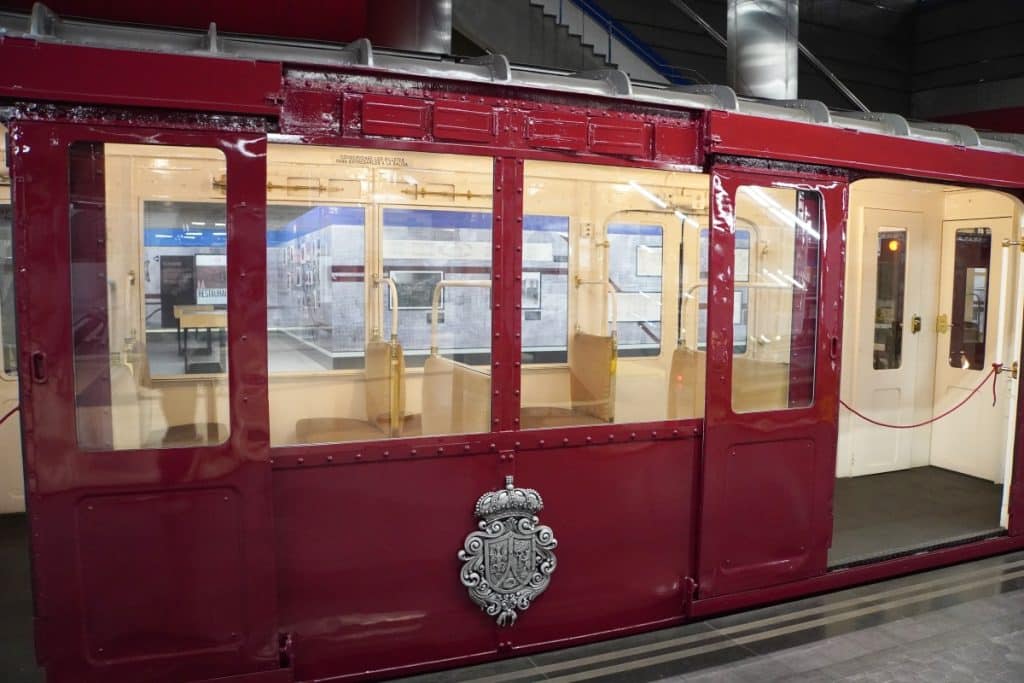
What can visitors expect?
After the station was completely restored to mark its 100th anniversary, the operating company decided to put on an exhibition about the creation and development of the metro’s rolling stock. King Felipe VI opened the exhibition, which features 12 historic carriages. In addition, visitors are presented with information on display boards about the construction of the metro and the restoration of the trains, for example.
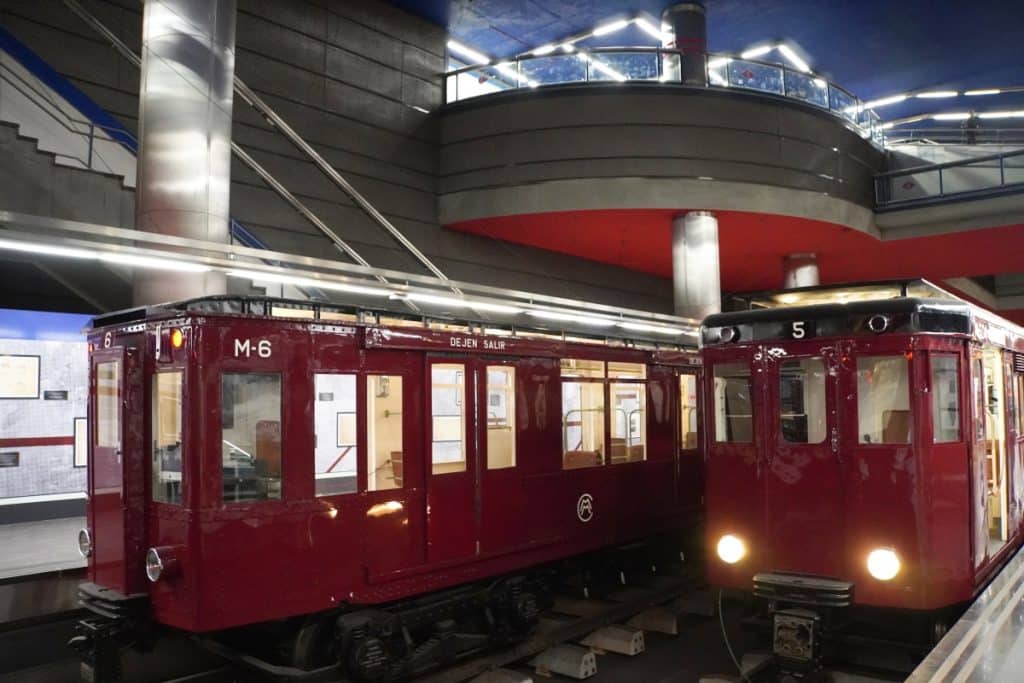
We walk past the various metro carriages and are really amazed at how differently they are set up. The open doors make it easy to look inside and details such as seating arrangements and lighting immediately catch the eye. How this has developed over the course of time…
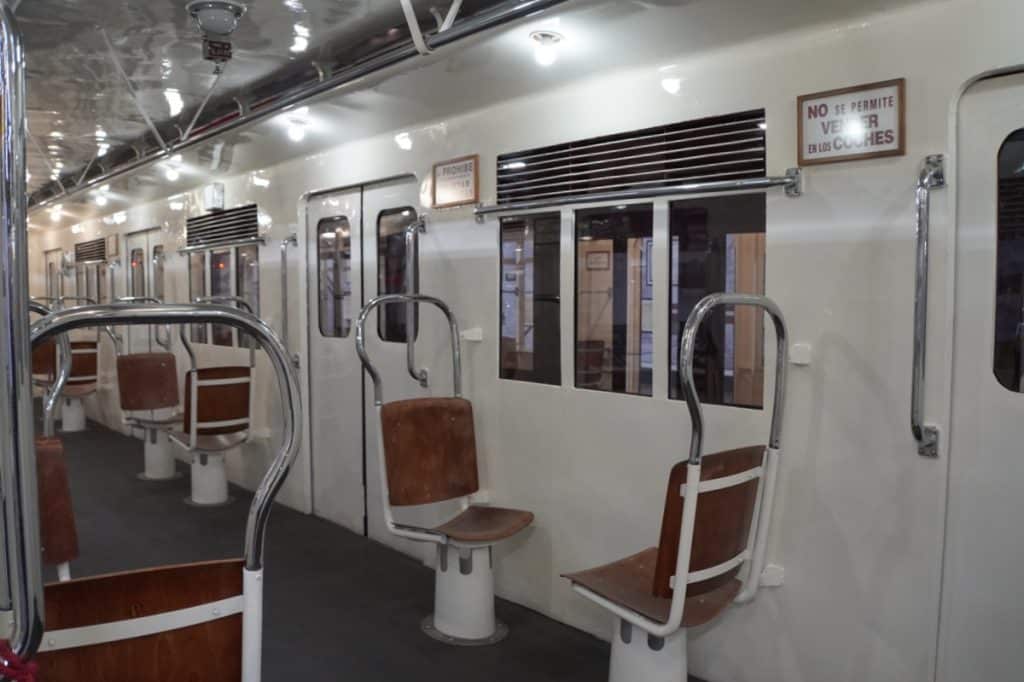
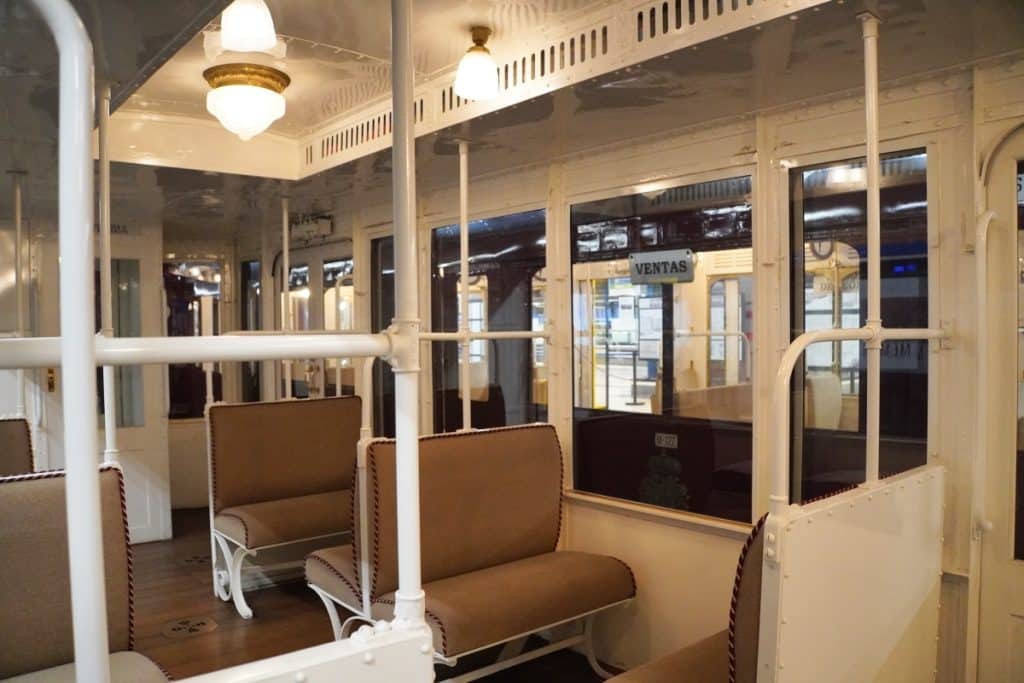
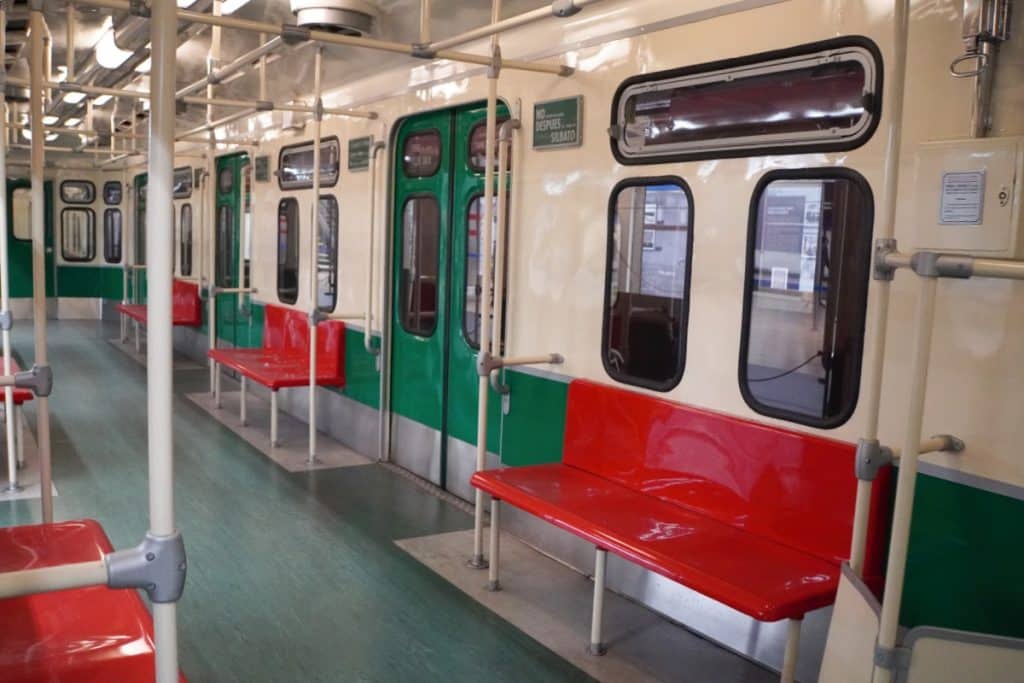
Of course, the trains that started the history of the metro in Madrid over 100 years ago are very interesting – the trains on Line 1 from 1919.
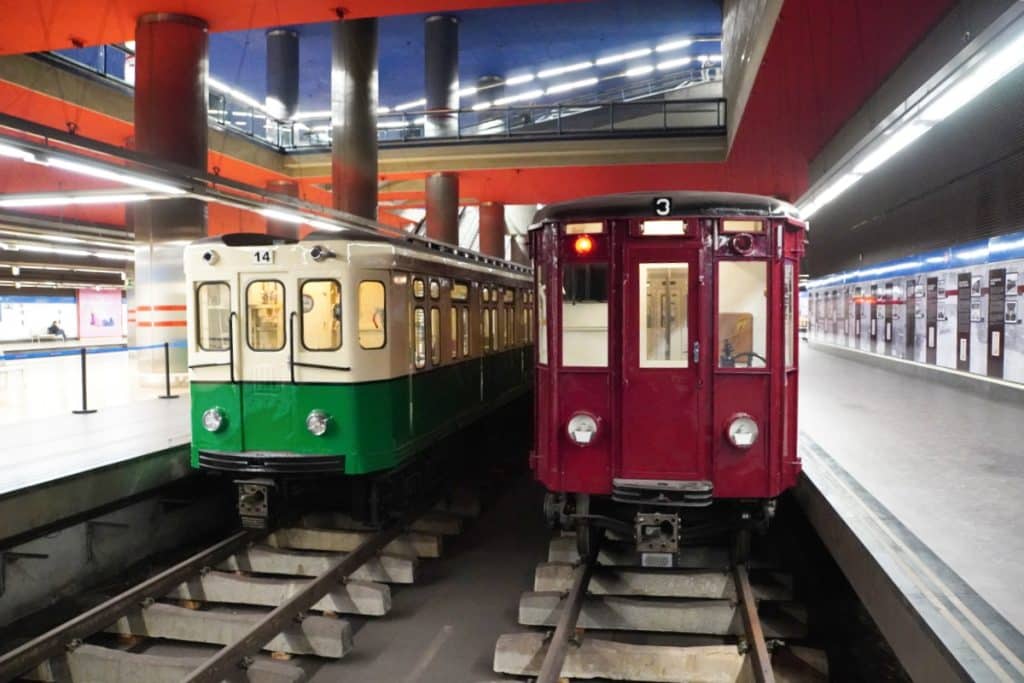
We really enjoyed the exhibition at the Metro Museum Madrid!
Address:
Bahnhof Chamartín Calle Agustín de Foxá s/n.
Madrid
Opening hours:
Friday: 16 – 20 h
Saturday: 10-14 h and 16-20 h
Sunday: 10-14 h
The visit is only possible with a guided tour!
Entrance fee:
free of charge
Registration via the Metro Museum Madrid website is required.



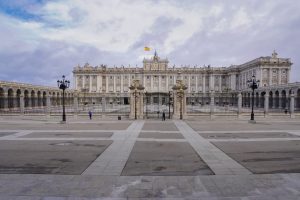
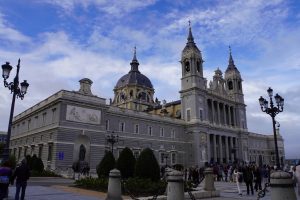
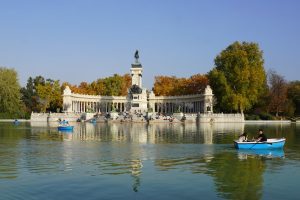

Leave a Reply